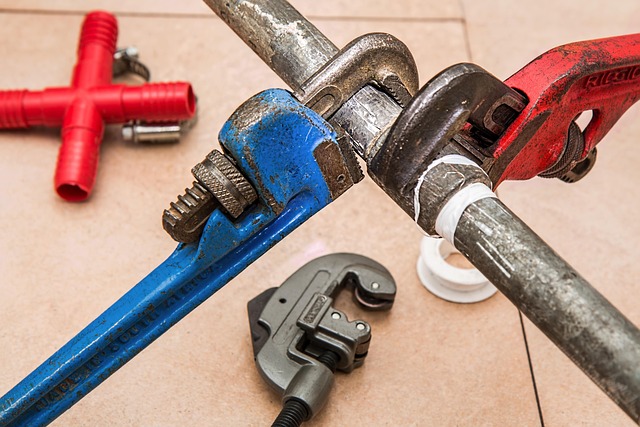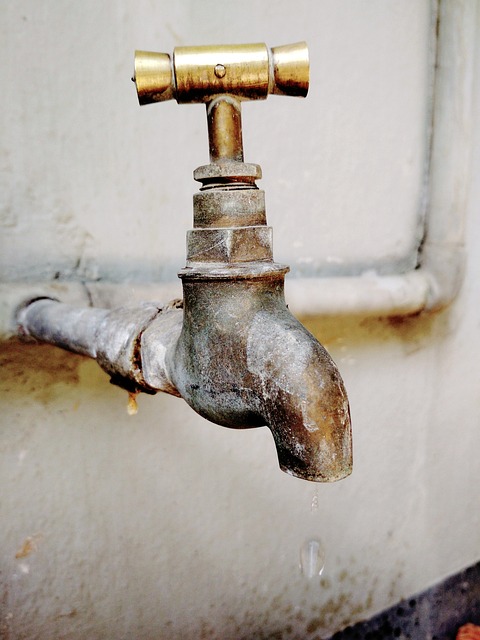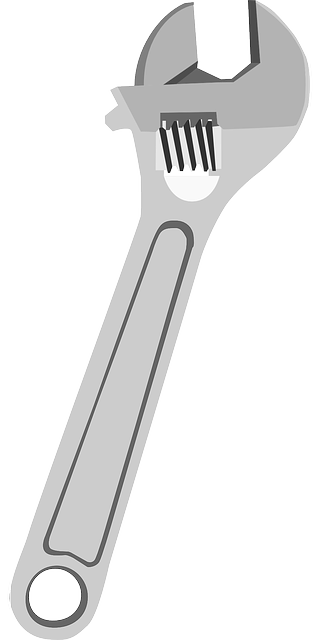Regular inspections are vital for sump pump maintenance, preventing basement flooding and costly damage. By annually checking for leaks, wear, electrical connections, float switch function, and simulating flood scenarios, homeowners ensure optimal pump performance during severe weather events. These inspections extend the pump's lifespan, save on energy bills, and protect against water-related disasters.
Regularly testing your sump pump functionality is an essential aspect of home maintenance that often goes overlooked. Understanding the importance of these regular inspections can mitigate significant risks and protect your property from costly damage. This article guides you through the process, offering insights on how to conduct a comprehensive sump pump test and highlighting the numerous benefits of incorporating routine maintenance into your home care regimen. By prioritizing these checks, you ensure peace of mind and safeguard against potential disasters.
- Understanding the Importance of Regular Inspections
- How to Conduct a Comprehensive Sump Pump Test
- Mitigating Risks: The Benefits of Routine Maintenance
Understanding the Importance of Regular Inspections

Regular inspections are a crucial aspect of maintaining your sump pump’s optimal performance. In the event of a power outage or other emergency, a functioning sump pump is vital to protecting your home from flooding and potential damage. By conducting routine inspections, you can identify any issues or wear and tear that may have accumulated over time. This proactive approach allows for prompt repairs or replacements, ensuring your pump is always ready when needed.
Moreover, regular inspections offer peace of mind, knowing that your home’s flood protection system is in top condition. It’s recommended to schedule these checks at least once a year, especially in areas prone to flooding or extreme weather events. During these visits, inspect the pump’s functionality, check for leaks, and verify that all components are operating as intended. This simple step can significantly contribute to averting potential disasters and safeguarding your investment.
How to Conduct a Comprehensive Sump Pump Test

Conducting a comprehensive sump pump test involves several key steps to ensure its optimal functionality. Start by examining the pump for any signs of damage, corrosion, or wear. Check all electrical connections and wiring for integrity, and verify that the float switch is functioning correctly. Next, fill the sump basin with water to simulate a flood scenario. Turn on the pump and observe if it starts immediately and maintains consistent operation. Measure the discharge rate to ensure it meets the manufacturer’s specifications. During this process, keep an eye out for any unusual noises, vibrations, or leaks that could indicate underlying issues. Regular inspections at least once a year are essential to prevent unexpected failures during severe weather events.
Additionally, test the backup battery (if equipped) by simulating power outages. Ensure it activates the pump promptly and continues operation until the water level drops below the float switch’s trigger point. It’s also crucial to check the discharge pipe for blockages or damage, as obstructions can hinder the pump’s efficiency. Remember that a well-maintained sump pump is vital for keeping your basement dry and preventing costly water damage.
Mitigating Risks: The Benefits of Routine Maintenance

Regular inspections of your sump pump are crucial for mitigating risks associated with basement flooding and other water-related damages. A well-maintained sump pump ensures that your home remains dry and safe during heavy rainfall or other sudden increases in groundwater levels. By conducting routine maintenance, you can extend the lifespan of your pump and prevent costly repairs or replacements.
These regular inspections allow for early detection of any wear and tear or functional issues. This proactive approach enables you to address problems before they escalate, minimizing potential disasters. In addition, routine checks help ensure that your sump pump is running efficiently, which can lead to significant energy savings on your utility bills.
